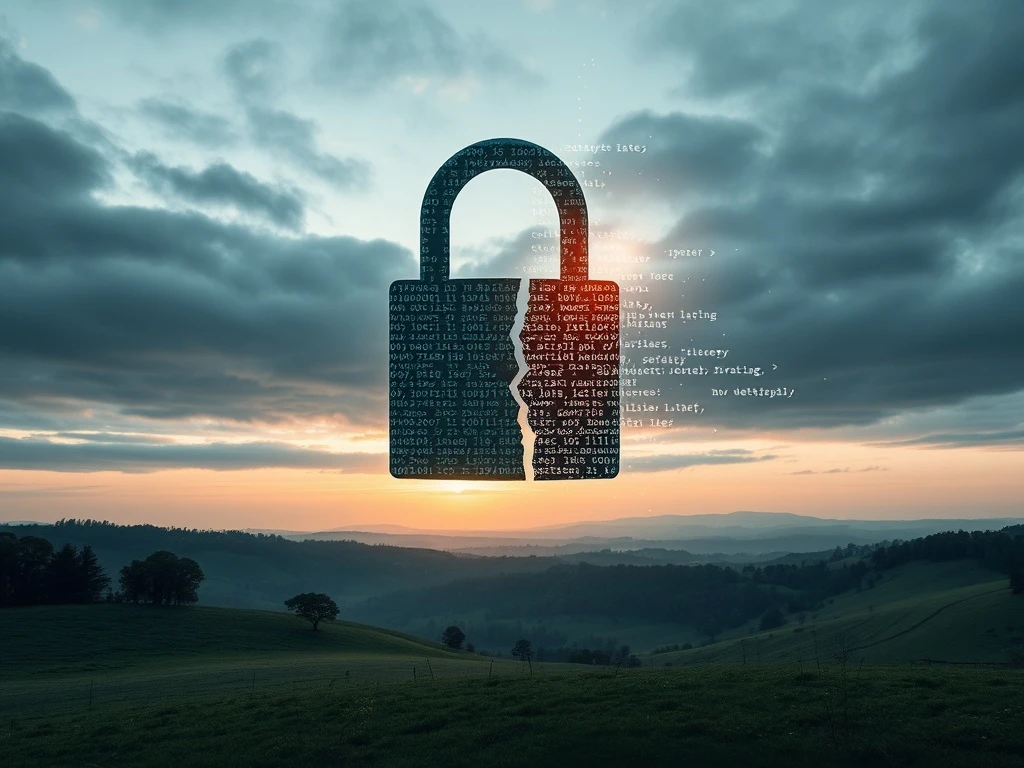Shocking Brazil Central Bank Hack Exposes Critical Cybersecurity Flaws

The recent Brazil central bank hack sent ripples through the financial world, highlighting significant security weaknesses in systems connected to critical infrastructure. This incident, which resulted in a staggering $140 million theft, underscores the evolving nature of digital threats and the urgent need for robust defenses.
How the $140M Crypto Hack Unfolded
The incident targeted C&M Software, a service provider linking Brazil’s Central Bank to various local financial institutions. The theft, amounting to 800 million Brazilian reais ($140 million), impacted six institutions. Reports suggest the crypto hack was facilitated by compromising a C&M employee. Allegedly, the employee sold their login credentials for a mere $2,700, granting attackers access to the system.
Once inside, the hackers reportedly stole funds from reserve accounts. Onchain analysis by ZachXBT indicates that a portion of the stolen funds, estimated between $30 million and $40 million, was converted into Bitcoin (BTC), Ether (ETH), and USDt (USDT). These crypto assets were then reportedly laundered through Latin American exchanges and over-the-counter (OTC) platforms.
Brazilian police have since arrested a man believed to be the C&M employee accused of selling the critical login information.
Understanding Centralized Systems Vulnerability
This attack serves as a stark reminder of the inherent risks associated with centralized digital systems. Such systems often represent single points of failure, making them prime targets for malicious actors. The centralized systems vulnerability becomes even more pronounced as technology advances.
Key vulnerabilities include:
- Single points of access that, if compromised, expose the entire system.
- Reliance on human employees, who can be targets for social engineering or bribery.
- Large, consolidated databases that offer high rewards for attackers.
According to Chainalysis data, attacks on centralized services saw an increase in 2024, particularly targeting centralized crypto exchanges (CEXs), further illustrating this trend.
Combating Cybersecurity Threats with Decentralized Tech
The incident raises critical questions about how best to defend against sophisticated cybersecurity threats. While centralized systems offer efficiency, their consolidated nature makes them appealing targets.
Eran Barak, CEO of Shielded Technologies, suggests that advanced privacy tools and decentralized technologies offer a compelling alternative. He notes that cybercriminals seek massive returns on investment, which centralized systems containing vast amounts of data or capital provide.
Decentralized blockchain technologies, such as those utilizing zero-knowledge proofs (ZKPs), can fundamentally alter the attacker’s calculus. Instead of a single database holding millions of records, attackers would need to target individual wallets or accounts. As Barak puts it, the potential return on investment shrinks from millions of records to just one, significantly reducing the incentive for large-scale breaches.
The Future of Blockchain Security
The contrast between the security model of centralized systems and the distributed nature of blockchain highlights the potential for enhanced blockchain security in mitigating certain types of attacks. By distributing data and control, blockchain technology aims to eliminate the single points of failure that make centralized systems so vulnerable.
While no system is entirely immune, the architectural differences mean that compromising a decentralized network requires significantly more effort and resources than breaching a single server or bribing one employee.
Conclusion
The Brazil central bank hack is a sobering event that underscores the persistent and evolving nature of cybersecurity threats. The successful compromise via an employee highlights that technology alone is not enough; human factors remain critical vulnerabilities. As attackers become more sophisticated, potentially leveraging tools like AI, the inherent centralized systems vulnerability becomes increasingly risky. Exploring and adopting decentralized security models and enhancing personnel security measures are crucial steps in building more resilient financial and digital infrastructures against future attacks.









